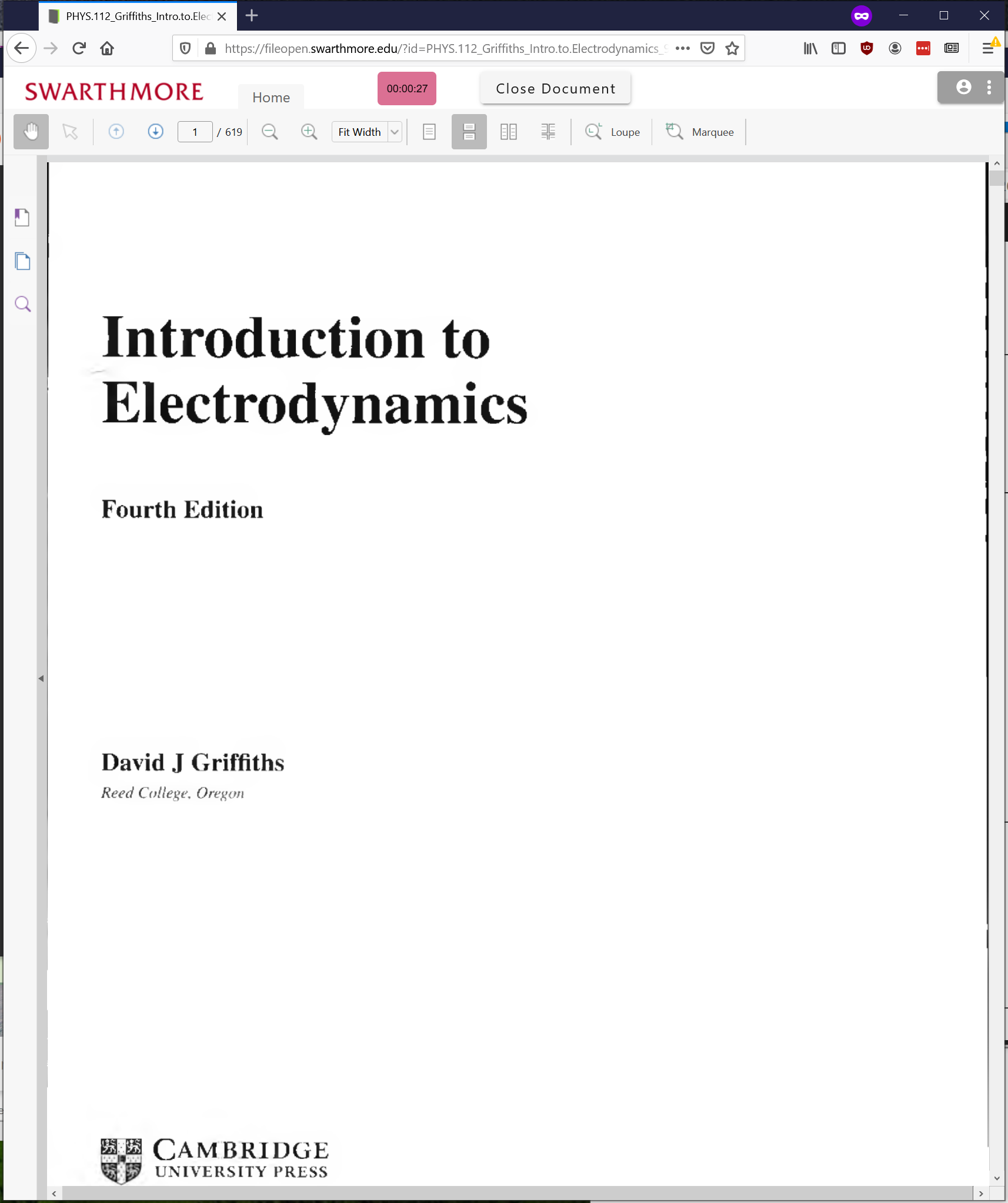FileOpen for Libraries and Controlled Digital Lending (CDL)

DRM for Controlled Digital Lending
Even before the pandemic shuttered access for students and researchers, libraries around the world were moving toward Controlled Digital Lending (CDL) as a way to enable immediate and hands-free distribution of materials from their collections. CDL offers the potential for libraries to greatly expand access and broaden their missions as knowledge centers, but also brings unique legal and technical responsibilities.
CDL Depends on Control
In order to properly implement CDL, a library must have the ability to restrict access to digital files in two primary ways: the CDL system must restrict concurrent usage (how many copies are open at a time) and must enforce expiration (how long each copy can remain open).
- Restrict the number of open copies, to maintain "Owned to Loaned" ratio
- Force-close documents when the loan period expires
- Log usage data while respecting user privacy

This is the 9th out of 10 allowed open copies
2 renewals are allowed before access blocked
Printing restricted to 10 pages of the document

Use Cases
Distribute Reserve Copies electronically |
Enable remote access to any scanned volume |
Integrate CDL with check-in/check-out systems | Watermark displayed pages with User/Copyright information | Improve turnaround-time and reduce cost

Example Document
CDL requires the ability to limit the number of available copies of a document and the duration of each loan. Implementations of FileOpen DRM, like the one shown here, can automatically close a document when the loan expires (which will happen in 27 seconds for the document shown here).
